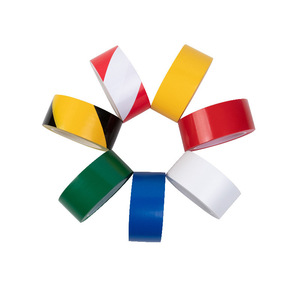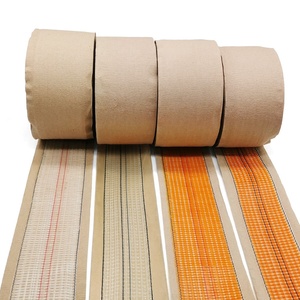Introduction to Tape Joining Carpet
When it comes to carpet installation and maintenance, tape joining carpet is an essential solution that ensures seamless transitions and enhances the overall appearance of your flooring. Whether you are a professional installer or a DIY enthusiast, understanding this innovative tape and its applications can greatly improve the durability and aesthetics of your carpeting. In this guide, we will explore the types, functions, features, and applications of tape joining carpet to help you make informed decisions in your projects.
Types of Tape Joining Carpet
There are several types of tape joining carpet, each designed for specific applications and carpet materials. Choosing the right tape is vital for achieving the best results.
- Double-Sided Carpet Tape: This is the most common type, featuring adhesive on both sides, allowing for a strong bond between carpets and flooring surfaces.
- Carpet Seam Tape: Specially designed for joining two pieces of carpet together, providing a seamless finish without the need for glue or nails.
- Removable Carpet Tape: Ideal for temporary installations, this tape is easy to remove without leaving residue, perfect for rented spaces or changing displays.
- Heavy-Duty Carpet Tape: Built to withstand high traffic areas, it offers superior adhesive strength for commercial environments.
Function and Feature of Tape Joining Carpet
The primary function of tape joining carpet is to bond carpet pieces together or secure them to the floor, enhancing both aesthetic appeal and functionality. Here are some notable features:
- Strong Adhesion: Quality tape provides a durable bond that holds carpet edges securely in place, preventing them from lifting or fraying.
- Easy Application: No special tools are required. Simply peel and stick for quick application, making it user-friendly for both professionals and amateurs.
- Versatile Compatibility: Works well with various carpet types, including low-pile, high-pile, and looped carpets.
- Minimal Residue: Many tapes are designed to minimize adhesive residue, making future carpet changes easier without damaging the flooring underneath.
Applications of Tape Joining Carpet
The use of tape joining carpet extends across several scenarios, benefiting both residential and commercial settings:
- Home Installations: Ideal for DIY carpet installation or repair projects, ensuring clean lines and smooth transitions in living rooms, bedrooms, and hallways.
- Commercial Spaces: Frequently used in offices and retail environments to create a polished, professional appearance while ensuring carpets stay securely in place in high-traffic areas.
- Event Spaces: Perfect for temporary flooring solutions in exhibition halls, trade shows, or special events where quick setup and takedown are crucial.
- Rug and Runner Placement: Helps secure area rugs and runners, preventing slips and enhancing safety in homes or public spaces.
Advantages of Using Tape Joining Carpet
Choosing tape joining carpet offers numerous advantages that make it an indispensable tool for carpet installation and maintenance:
- Cost-Effective: Eliminates the need for expensive adhesives or additional tools, making it a budget-friendly option.
- Time-Saving: Provides quick and easy installation, allowing for faster project completion and minimal downtime.
- Better Aesthetics: Leaves a smooth finish without visible seams or bumps, enhancing the overall look of your flooring.
- Enhanced Safety: Reduces the risk of tripping hazards by keeping carpets securely in place.






















































